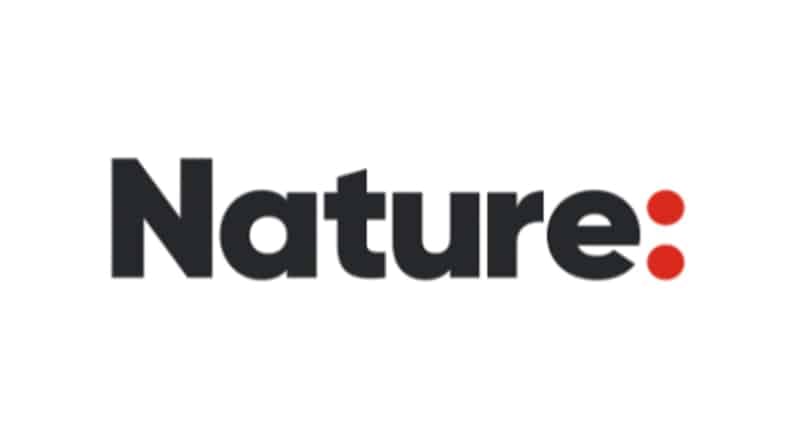By Aliya Hasan, Head of Strategy, Nature
With cost of living pressures rife, it’s easy to assume opportunities for growth are restricted, but you might be surprised. The key to unlocking growth, even in the face of a crisis, is to understand the mindset of your target audience and how the value proposition of your brand has changed.
The nation is divided. Over the cost of living crisis, four distinct consumer mindsets have emerged based on our representative survey of 1,000 Australians, these mindsets are determining changes in decision dynamics and expectations of brands. They are:
• Struggling: concerned about the rising cost of living and often stress about affording their regular expenses, making up 30% of the nation.
• On Alert: concerned about risings costs but are coping better mentally than the Struggling segment, making up 25% of the nation.
• In Control: less concerned about costs and have faith in their financial stability. They also make up 25% of the nation.
• Coasting: least concerned and making minimal sacrifices, covering 20% of the nation.
These segments suggest we need to rethink the rulebook on managing brands during a financial crisis. There is no blanket best practice. With purchase behaviour in a state of flux, it is critical for brands to be crystal clear on what they stand for. Analyse where your proposition sits between “value” or “premium”, or somewhere in the mainstream middle, determine how it is translating across audiences, if it has shifted at all, or if it needs to shift.
Depending on where your brand sits, adapting your messages, targeting and customer engagement tactics can have significant commercial impact. The right approach will open up the opportunity to attract and retain customers even in these circumstances.

For value brands: The priority is retaining brand equity
Struggling and On Alert segments require both defensive and growth tactics:
• Brands should demonstrate their support and give back to consumers. Lean into messages of empathy, generosity or even humour to connect with positivity.
• Think of ways to help make everyday living better, easier, smarter, providing tools or life hacks. Chunk down price points and value markers such as cost per serve or use.
• Nurture the loyalty loop, offer rewards for smaller purchases or more often and find creative ways to deliver or gamify deals.
In Control and Coasting segments, present the potential to attract new prospects or purchases:
• Reduce friction, such as via automated payments or subscriptions and fuel decision making by reinforcing benefits of buying ‘now’.
• Offer ‘added value’ on products or services and enhanced customer experiences. With longer or delayed decisions, help plan for bigger expenses and aspirations.
• Reinforce how integral your brand is to people’s lives. Highlight factors such as quality, provenance, dependability, and care to provide reassurance.
Mainstream brands: How to win out against the big squeeze
Struggling and On Alert segments pose an opportunity to defend or build volume:
• Wielding the power of a portfolio can be a significant asset for mainstream brands. Consider portfolio tiering via new entry level or fighter brands.
• Use range to cater to both Maximiser and Satisficing mindsets, be it smaller serves, bundles or supersizing. Testing any optimisations and price pack architecture impact.
• With sustainability and cost of living increasingly at odds for many, encourage sustainable behaviours over purchases, leaning into DIY and the circular economy.
With In Control and Coasting segments there is a potential platform to grow value share:
• On the flip side, consider portfolio tiering or extension via Premiumisation strategies.
• Innovate in the form of multifunctional products or services or cross category partnerships for increased interest, exposure and to maximise value.
• Ensure transparency in any product and necessary pricing changes, linking it back to brand benefits that are communicated carefully, avoiding eDM overload.
Premium brands: It’s about agility
The strongest growth opportunity lies within the In Control and Coasting segments:
• Fuel big innovation, incremental improvements or collaborations that drive novelty or entice re-entry. This could also mean establishing or expanding omnichannel footprint.
• Deliver a brand experience that ‘surprises and delights’ existing and most importantly exiting customers. Consider individual affirmation messages and discrete offers.
• Create opportunities such as swaps or trade ins to protect against brand defection.
Struggling and On Alert segments can still be meaningfully persuaded to engage:
• Reinforce durability, longevity, superior quality and highlight why your product is a smarter choice. Showcase total cost of ownership or customer lifecycle benefits.
• Consider brand extensions that deliver on escapism and little indulgences.
• Make it easier to buy. Lean into behavioural science principles to simplify range and influence choice or introduce low-cost financing and layby options.
Amid the ambiguity, one thing is certain: as people re-prioritise purchase decisions and re-appraise brand choices, the window of attention is wide open. There is opportunity for brands to tap into both sides of the divided nation.
This situation should be seen as a catalyst for innovation, for reimagining portfolios and optimising your marketing mix. Forward thinking brands who understand what they represent or how they’ve changed will harness this duality, winning trust and affinity on both sides.
See Also: Nature survey finds the cost of living impacts 36% of Australians’ mental health
